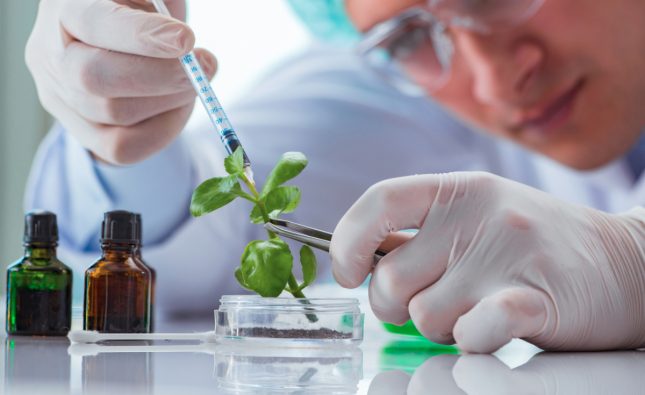
In the face of escalating climate change concerns, a promising solution may lie within the intricate world of microbes. These tiny, often overlooked organisms are proving to be powerful allies in the fight against global warming. From farm to table, the harnessing of microbes’ potential holds the key to sustainable agriculture, carbon sequestration, and a more resilient future. Join us as we explore the transformative role of microbes and their remarkable impact on climate change mitigation.
At the heart of this microbial revolution is the understanding that soil is a living ecosystem teeming with billions of microorganisms. These microscopic life forms, including bacteria, fungi, and archaea, play a vital role in the cycling of nutrients, the breakdown of organic matter, and the sequestration of carbon. By unlocking the secrets of their interactions and harnessing their unique capabilities, we can unlock new avenues for combating climate change.
One of the most promising applications of microbial technology is in agriculture. Traditional farming practices often rely heavily on synthetic fertilizers and pesticides, contributing to greenhouse gas emissions and soil degradation. However, emerging research demonstrates that harnessing the power of microbes can lead to more sustainable and climate-friendly agricultural systems.
Microbes can enhance nutrient availability, promote plant growth, and improve soil health. Certain groups of bacteria and fungi form symbiotic relationships with plants, such as nitrogen-fixing bacteria that convert atmospheric nitrogen into a usable form for plants. By leveraging these beneficial relationships, farmers can reduce their reliance on chemical inputs while improving crop yields and resilience.
Furthermore, microbes play a crucial role in the sequestration of carbon in agricultural soils. Through their metabolic processes, microbes transform organic matter into stable forms, locking away carbon and preventing its release into the atmosphere as carbon dioxide. This carbon sequestration potential not only helps mitigate climate change but also enhances soil fertility and water retention.
In addition to their impact on agriculture, microbes have the potential to revolutionize waste management and renewable energy production. Microbes can break down organic waste materials and convert them into valuable resources, such as biogas or biofuels. By tapping into these microbial processes, we can reduce greenhouse gas emissions from waste and generate renewable energy simultaneously.
While the potential of microbes in climate change mitigation is undeniable, it is essential to prioritize research and development in this field. Scientists are continually exploring microbial diversity, functions, and interactions to uncover new applications and optimize their performance. Through interdisciplinary collaborations, innovative techniques, and a deep understanding of microbial ecology, we can unleash the full potential of these tiny but mighty allies.
As with any emerging technology, ethical considerations must accompany its implementation. The responsible use of microbial applications requires careful evaluation of potential risks and benefits. Striking a balance between harnessing the power of microbes and ensuring the protection of ecosystems and human health is crucial for long-term success.
Public awareness and support are vital in driving the adoption of microbial-based solutions. Communicating the benefits and advancements in microbial research, showcasing successful case studies, and dispelling misconceptions can inspire confidence in these innovative approaches. Collaboration between scientists, policymakers, farmers, and consumers is key to accelerating the adoption of microbial technologies across various sectors.
In conclusion, microbes are emerging as powerful allies in the battle against climate change. From revolutionizing agriculture to transforming waste management and renewable energy production, these tiny organisms offer a sustainable and resilient path forward. By harnessing their potential and embracing responsible innovation, we can transition towards a more climate-friendly and environmentally conscious future.










